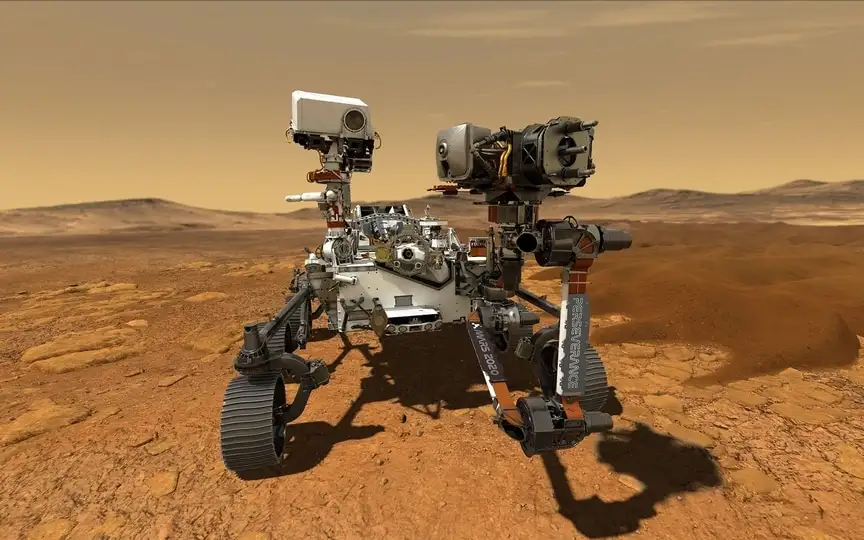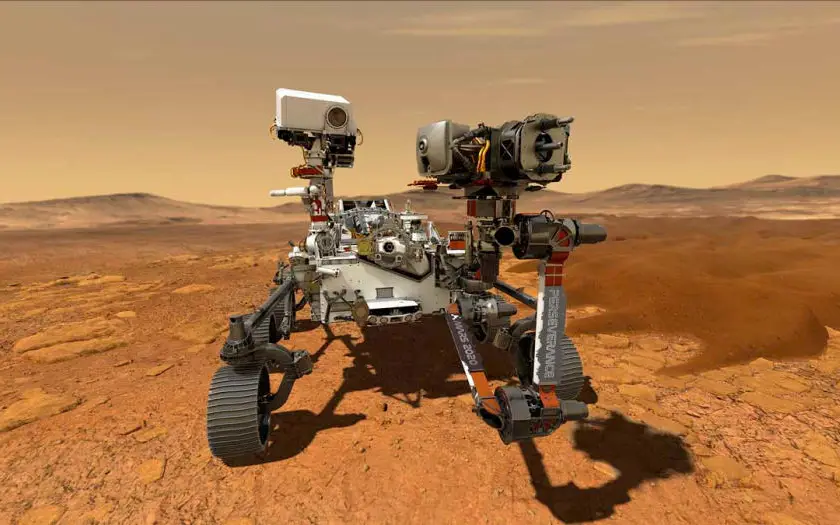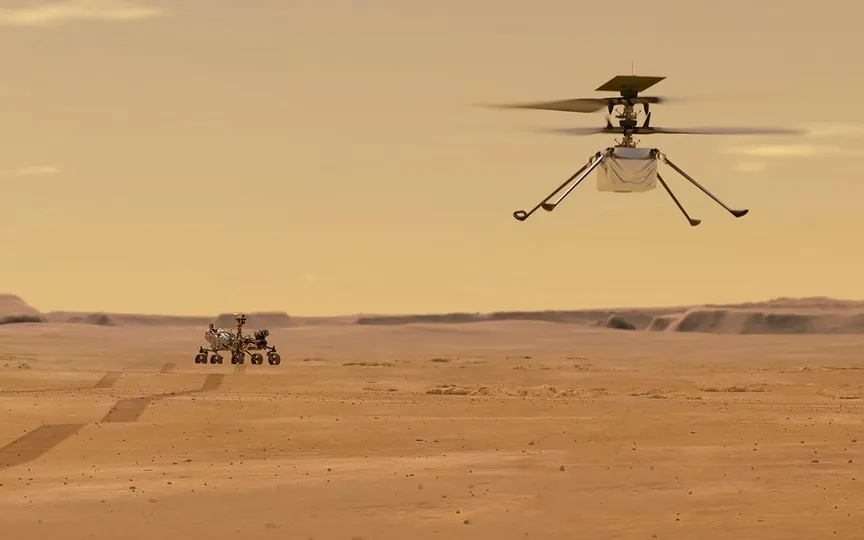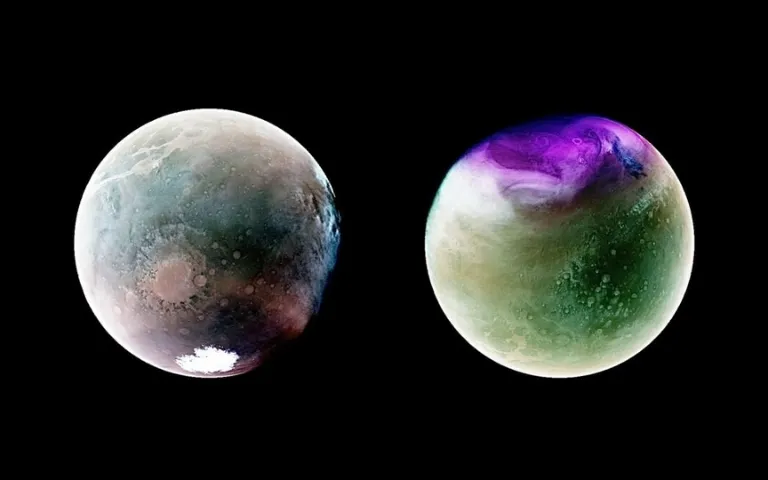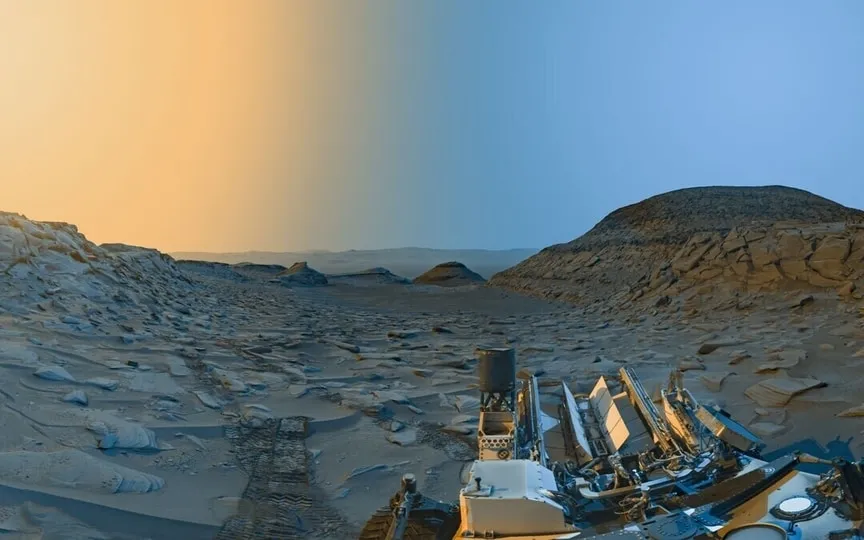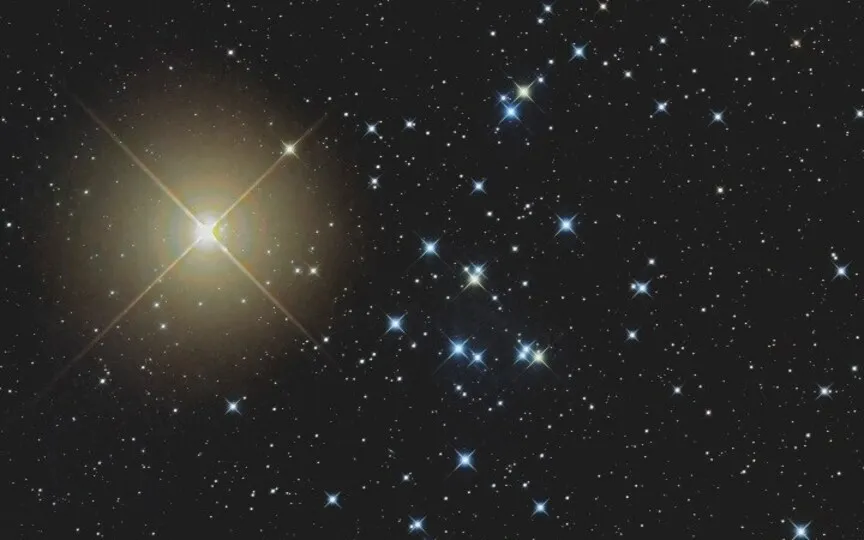Perseverance Rover Achieves Incredible Feat – Discovery of Possible Signs of Life on Mars
For more than a century, scientists have been actively exploring Mars in hopes of finding indications of life. NASA’s Rover Perseverance was specifically deployed to intensify this quest for signs of extraterrestrial existence on the red planet. In a groundbreaking revelation, it has now been disclosed that the rover has effectively collected numerous samples of organic material, significantly bolstering the ongoing search for evidence of life beyond Earth on Mars. In the latest development, NASA’s Perseverance Rover has detected a variety of organic matter in the Red Planet’s Jezero crater.…
Read More
